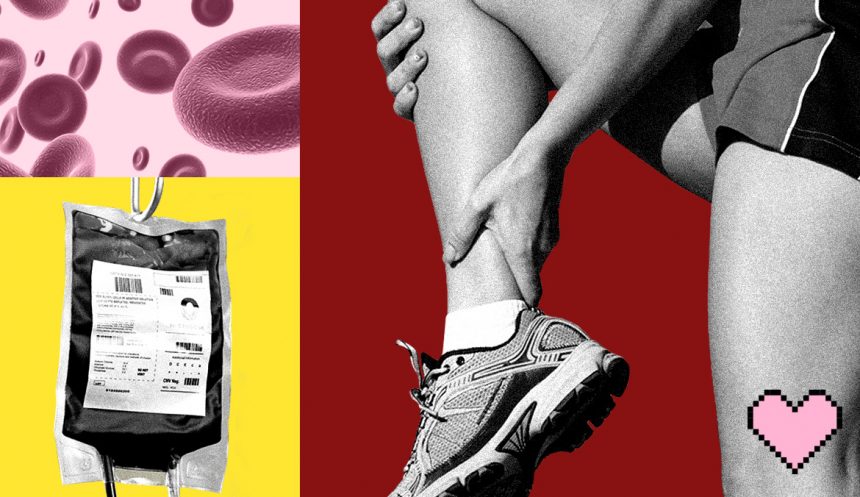A week before the COVID-19 pandemic in 2020, I visited urgent care for a strained muscle. Being a yoga teacher and health coach, I thought I knew what was causing the nagging pain in my right calf. I tried everything to relieve the ache—rest, compression, Tiger Balm, massage, stretching from every angle, myofascial release, and more—but my discomfort only got worse. When driving became uncomfortable, I knew it was time to visit an orthopedic urgent care clinic. A brief exam raised concerns of a possible blood clot and an ultrasound diagnosis confirmed I had a deep vein thrombosis (DVT).
However, the pandemic struck soon after and my medical appointments were put on hold. During this time, I had many questions and very few answers, as well as fears about my health. Eventually, my blood clot dissolved over several months, but my anxiety persisted.
In my search for support, I joined a Facebook group with the National Blood Clot Alliance and found comfort in other people’s experiences. I was saddened by the general lack of awareness about DVT and PE, and my personal circle’s lack of understanding.
I learned that my risk factors were unusual and, after genetic testing, I discovered that I had Factor V Leiden (FVL)—a genetic mutation that predisposes me to blood clots. I am considered a “unicorn” with the rare homozygous FVL mutation. Dr. Streiff explained that FVL formed over 25,000 years ago as a survival mechanism and that the mutation disrupts the body’s anti-clotting proteins, increasing the risk of blood clots.
I was shocked by the statistics about DVT and PE and the lack of general awareness about these issues. Dr. Streiff emphasized that more awareness is needed to educate about DVT and PE, as they are relatively common but do not receive the same level of attention as heart attacks and strokes.






